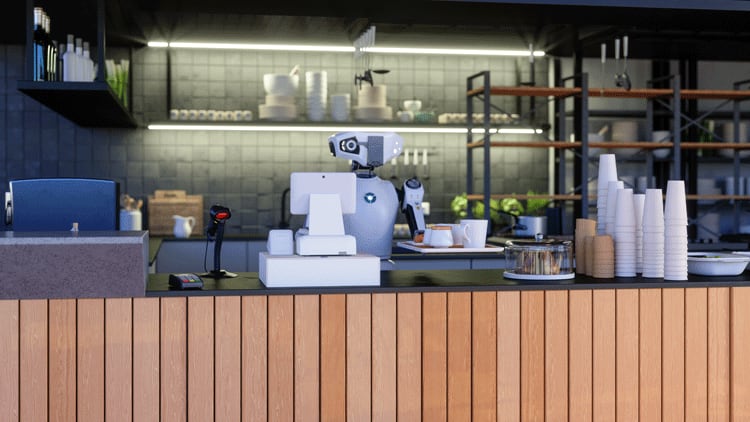What will the restaurant of the future look like? While it’s near impossible to foresee what the coming years have in store for the sector – as curveballs such as the global pandemic have shown so acutely – a shift towards better adoption of technology and more flexible and intelligent operations seems almost certain.
New developments in machine learning and artificial intelligence, twinned with more efficient and effective data capture, look likely to have a significant impact on the restaurant world in the coming years, with restaurants able to offer customers more personalised experiences and be much more reactive to external factors. We may even see a robotic workforce, both front and back of house, become the norm in certain dining settings. We’ve spoken to experts in restaurant tech to find out what really could be on the cards for dining out in years to come.
Getting up close and personal
If you’ve ever used the McDonald’s app to order food and been given the option of a previous purchase, then you’ll know that personalisation is already something that has been adopted in the QSR space over the past few years. Using an app or POS data from previous visits is the current way restaurants can offer personalised recommendations but, in the future, this could be replaced with biometrics - with customer consent – that will enable restaurants to provide customers with bespoke menu options in an even more seamless manner.
Providing recommendations based solely on previous ordering habits or knowing whether a customer prefers thick cut chips to fries or a certain type of red wine is one thing, yet the future for personalisation will likely go well beyond that. Companies such as tech giant Acrelec, for example, are harnessing artificial intelligence and machine learning to provide menu recommendations based on other factors. In Acrelec’s case, its technology learns what menu items are typically purchased together to give customer more intelligent recommendations.
Developers are also already working on digital menus that change depending on the user. So, for example, a customer who has shared data about their allergies or diet choices, such as being vegan or vegetarian, will only see menu items that meet this criteria.
“By tracking and leveraging guest data and analytics restaurant operators can display personalised menus to returning customers, creating the ultimate personalised dining experience,” says Danilo Mangano, managing director at guest experience and retention platform SevenRooms. “Dietary preferences and other requirements such as allergies can be taken into account, alongside other menu options only displayed to consumers that would find those items appealing. This personalised menu can be further enhanced based on a number of factors - proposing additional drink options based on the time of day, weather and trending dishes.”
“Additionally, by utilising data from previous visits, a restaurant can determine what types of dishes or drinks guests have chosen before and what their price tolerances are. From there, the role of the waiter or even sommelier is rejuvenated with the knowledge of the exact items that will be preferred, based on what they’ve chosen previously.”
With emerging technology the sky’s the limit in terms of functionality – those doing dry January or on a specific diet that permits different food types during the week could in the future be able to visit a restaurant and see a menu that takes all these things into consideration. In the future, things are going to get very personal indeed.
A robotic service style
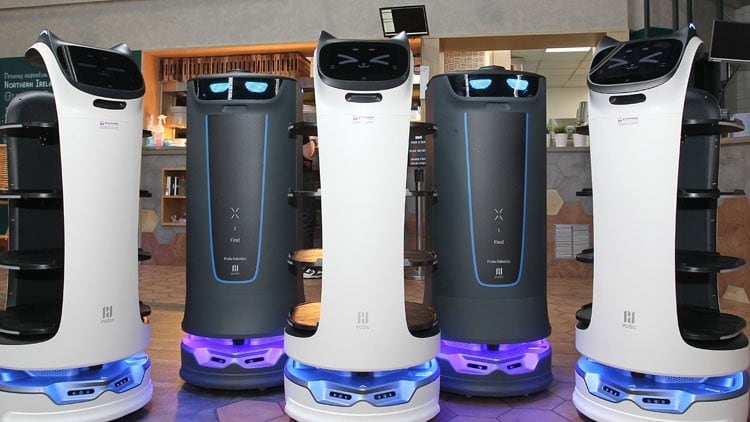
Supplier comment
Ashley Sheppard, vice president of sales, QSR Automations
UK consumers have become more Americanised in their eating habits, while also going in search of that all-important value equation in order to reduce spend. As consumers turn to QSR to weather the current economic storm, what key role can technology play to seamlessly deliver on food quality and order accuracy for guests every time? Our client, Friday’s UK, which in 2022 launched its first QSR brand, Fridays and Go, had this to say: “We needed to ensure we continued delivering not only consistency, but also quality. Technology was introduced to enhance the guest experience. What it has done is allow the brand to create a frictionless experience. ConnectSmart Kitchen from QSR Automations, has allowed every station where different items are prepared to be managed extremely efficiently and quickly."
To find out more about QSR Automations ConnectSmart Platform and how the technology can help to play a key role in driving food quality and order accuracy in your quick service restaurant, visit QSR Automations or call 020 3870 4571.
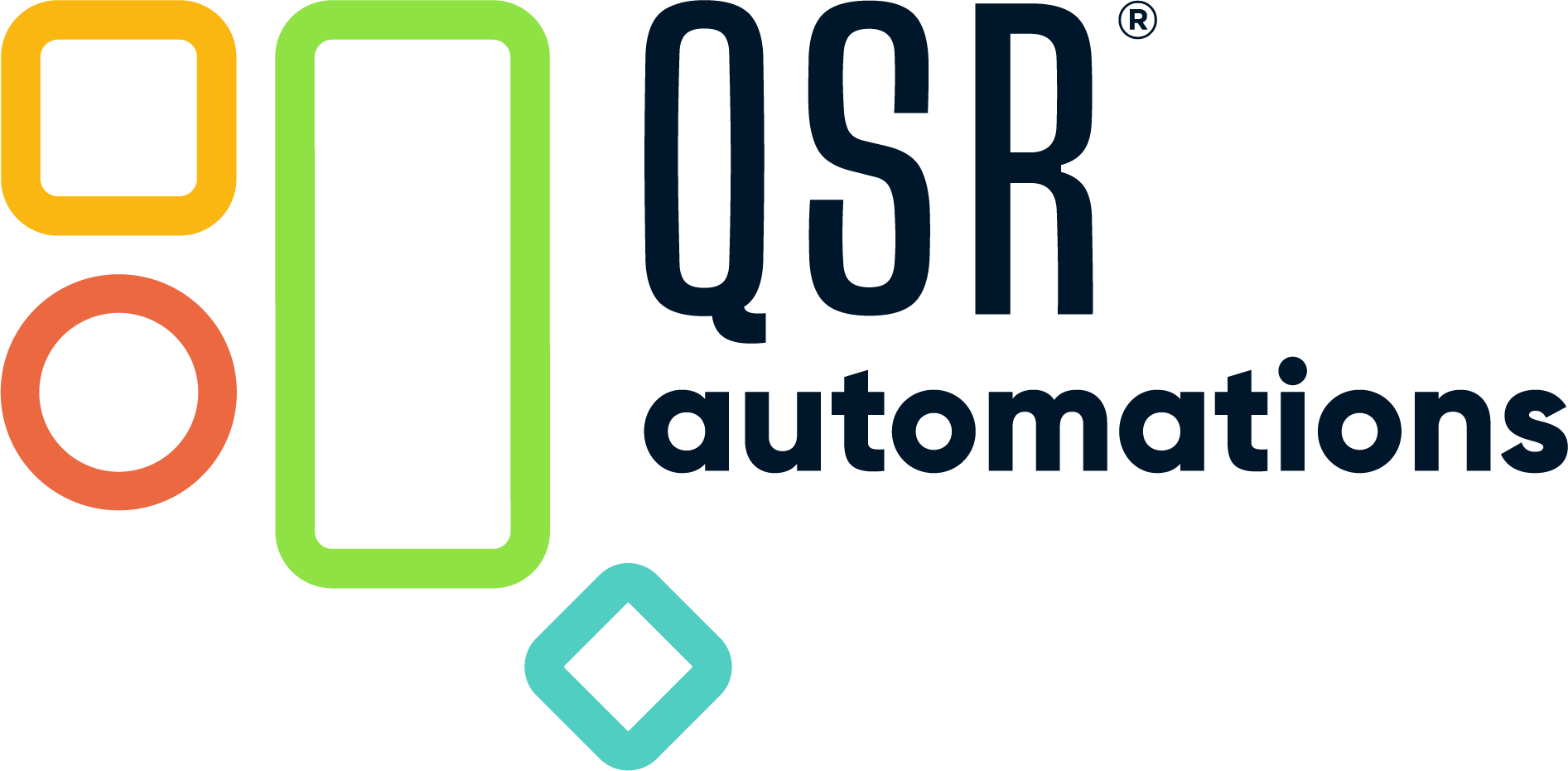
If sci-fi movies of the 1960s were to be believed, restaurants should have been full of robot waiters doing the service jobs humans had grown weary of long ago, but such a future never materialised. Or not until now, anyway. Over the past few years robots have finally started rolling onto the dining room floor, moving food and drink around and busing empties as restaurant groups experiment with android waiters.
Yet what might have first been considered a gimmick now has (robotic) legs, with crippling staff shortages and a call for more flexible working patterns requiring restaurants to be more savvy about where they allocate their staff and look at how they run their businesses with fewer personnel. Glide forward the robot. Restaurant groups including SSP, Big Table, Boparan Restaurant Group and Din Tai Fung are among those trialling robotic waiters designed to support staff members with tasks such as delivering food and clearing tables. As says Lisa Gibbons, chief operating officer at Bella Italia, one of the restaurant brands trialling robots says: “We’re always open to innovative solutions which benefit our teams, improve service and improve our guests’ experience. By having intelligent robots conduct simple tasks, such as retrieving dirty dishes, our teams are able to focus on doing what they love.”
As recruitment challenges continue to bite, more restaurant groups are likely to look to automation for help, and this could go beyond using robotic waiters. Robots that clean and sanitise restaurants, scrub kitchen floors and clean windows are all available, and willing to work precisely when required to.
A paperless future
Could PDQ machines that feature a small printer soon be seen as a bit of a relic? When one really thinks about it, the notion of front of house team members lugging around a tiny device that spits ink onto a piece of paper is a bit ridiculous. Till rolls and ribbons are a costly faff and the rise of mobile ordering following the pandemic means many people already leave a restaurant without a physical receipt. Lots of other industries have gone completely paperless, so why not restaurants?
Okay, computer?
Could machine learning stop restaurant operators avoid opening the wrong venue in the wrong place? That’s the pitch from US company Borne, which uses the technology to analyse a wide range of data points to help predict the viability of a concept in a particular location. Data including foot and vehicle movement patterns, historic closures, current restaurant transactions, customer demographics and even what locals are searching for on Google. The company says that through ‘superior analysis and pattern identification’ its The Borne Report service can reduce restaurant failures by eliminating what most would agree is the root cause of closures - the wrong site in the wrong place.
Intuitive dining rooms
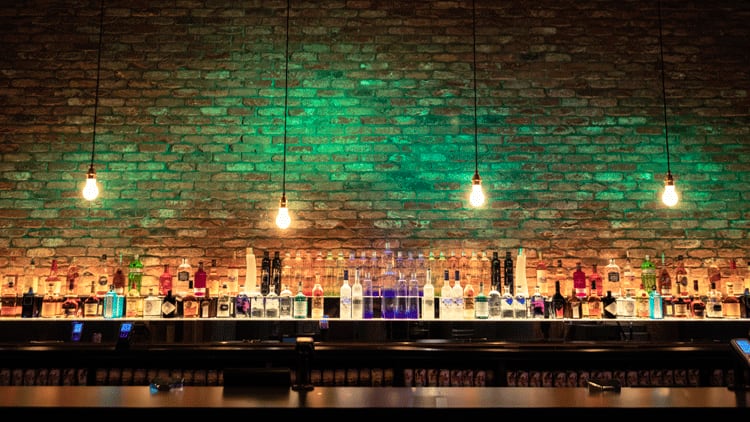
Wanstor exists to make restaurants better through technology
We’re an award-winning, 24/7 managed IT service provider who have provided resilient, secure and scalable IT solutions for over 20 years to some of the UK’s best loved hospitality brands like wagamama, Popeyes, Tortilla, D&D London, Frankie & Benny’s, Loungers, and more. Our team of hospitality technology experts understand your pain points and will deliver solutions that’ll transform the way you work with technology. You’ll be able to:
- Achieve cost and operational efficiency
- Deliver an exceptional customer experience
- Transform IT infrastructure into a tailored, optimised, and efficient cloud-based solution
- Create a better staff experience by deploying digital communication and collaboration tools
- Power your technology solutions with secure, fast and resilient connectivity
- Increase sales, save time with modern, fully outsourced POS
We’re here to help you create a digital restaurant of the future and enable your growth. Find out more at

The soundtrack, lighting and general ambience of a restaurant can be hard to get right for restaurants, especially those that are open all day and which need to respond to different day parts and customers. Turning the lights down and the music up once 7pm comes around might be the de facto move of pubs and all-day restaurants, but such a blunt approach is unlikely to cut the mustard with increasingly demanding – and discerning - customers.
Step forward intuitive technology that automatically adjusts aspects such as lighting, volume and music tempo in a restaurant based on a number of important factors, such as that offered by tech company Startle. Startle uses atmosphere monitoring tools to record how busy a venue is as well as its liveliness, temperature and local weather, allowing restaurants to gain a historical and real-time view of their operations and giving them the ability to set automatic adjustments to music, signage and lighting across every time, day and trading pattern.
“By automating volume changes so that music levels adapt alongside busyness, you can be in control of your atmosphere without having to distract your busy onsite teams,” says a spokesperson.
According to Startle, increasing the bass of music has been proven to make listeners feel more confident and increase levels of dopamine. Similarly, turning down the lighting and playing slow-tempo, relaxing music not only creates a wind-down feel for evening dining, but has been proven to increase dwell-time. As a restaurant gets busier it can automatically transition to a different playlist when it hits a certain footfall threshold.
The company even considers the likely mood impact of music using a model of neuro-typical responses to individual tracks. It analyses numerous features of songs in order to predict the likely emotional impact of each, before building these into branded playlists designed around a business’ needs.
Intuitive dining rooms will go beyond sounds and lighting. Startle also provides digital signage and can set rules that change what’s on the screens depending on the weather or footfall, such as ice cream promotions during heat waves, or hot drinks during cold spells.
Enabling the portfolio career
Technology has already enabled flexible working in some corners of the industry but a second wave of more sophisticated and, in some cases, more ethically-minded gig platforms, look set to shake things up further. Chris Sanderson, founder of shiftworking marketplace limber, believes that apps such as his will give rise to the ‘portfolio career’. “People can legitimately work in hospitality and healthcare and in design – rather than having to choose just one. For businesses, it will mean they will need to offer more flexibility and embrace technology as a way of securing and retaining talent,” he says. The big question is, if you offer everyone flexibility, what happens on Saturday night when you need most of your staff? The answer to this, Sanderson says, is employers embracing tech to pull from a larger pool of staff and lower the barrier to entry for new joiners.
The pitch of apps such as limber is that they can help hospitality businesses connect with a growing generation of talent who are looking to work more flexibly and help them hire, deploy and manage them in a more agile way. It would seem that they are onto something; CGA’s Transforming the Employee Experience in Hospitality report (2022) shows that 49% of hospitality professionals surveyed consider flexibility at the top of their list, only second to how much they are paid, when considering a new job.
Could your next ‘chef’ need plugging in?
People have been talking about the possibility of robots ‘working’ in restaurants for decades, but it is now finally happening. As the global hospitality industry looks to combat crippling staff shortages, robotic fry cooks are now being deployed back-of-house. The US is leading the way, with burger brands including Jack in the Box and White Castle experimenting with burger flipping robots and Panda Express having rolled out a robotic wok which - rather brilliantly, it must be said - it is dubbing Panda Auto Wok (PAW).
Robots are available on this side of the pond too. Tech start-up Karakuri has developed an ‘automated frying solution’ that can integrate with existing systems to drop fries and other items when required. As well as labour savings, the company says food waste is reduced thanks to portion control technology that ensures fry baskets are filled with the right amount of product to match demand.
QSR Automations vice president of sales Ashley Sheppard says he is having more and more conversations with his clients around robots in kitchens, which in most cases will be controlled via back of house management systems such as his. “It’s something I’m passionate about but there are challenges,” he says. “They’re not cheap and there’s also an issue around technical support. At the moment robotics engineers don’t work on a Saturday night, as far as I know. Another issue is a lack of proper integration with kitchen management systems. If you have to press a button yourself to get the robot to do its thing, what’s the point?”
While the industry may be some way off replacing team members with humanoid robots, it looks likely that robotics will play an increasingly important role in the years to come.
Responsive menus
Menus that change throughout the day are not a new phenomenon, whether it be a shift from a breakfast offer to an all-day menu or from a la carte at lunch to a set tasting menu in the evening. What all menu changes tend to have in common is that they are pre-planned, often with the time of day in mind, and stick to a standard formula. While there’s nothing wrong with this time-honoured approach, it doesn’t allow for much flexibility. This is where responsive menus come in, where changes can be made in real time according to the needs of a restaurant.
So far, such technology is being used in drive-thru locations, such as Acrelec’s QTimer 2.0 which, during busy periods, can automatically switch to a simplified menu and recommend items that are quicker to prepare and guide customers to make a decision more quickly to avoid a back-up of traffic. However, responsive menus could be used to similar effect in the casual dining space, with the most time-consuming to prepare dishes temporarily halted to allow an overstretched kitchen to catch up.
This ability to avoid bottlenecks is just the tip of the tech iceberg. Responsive menus can automatically adjust to suit numerous internal and external factors. For example, prices could be lowered for surplus dishes that need to be sold that day or offers could be generated based on a specific time of day or on the weather as well as how busy a venue is at any specific time - an approach comparable to the dynamic pricing model that has been used by airlines and hotels for decades.
Currently based in the US, QSR Automations vice president of sales Ashley Sheppard says that responsive menus are starting to be explored by operators as they look to tackle labour shortages and a linked rise in labour costs. “In some respects, the technology is already there. The challenge is using the real-time data generated by POS and back of house management systems to make changes to menu items and pricing on the fly. At the moment it would be a human being making these decisions, but it could soon be AI.” Could this be the end of happy hour?
An extra pair of eyes
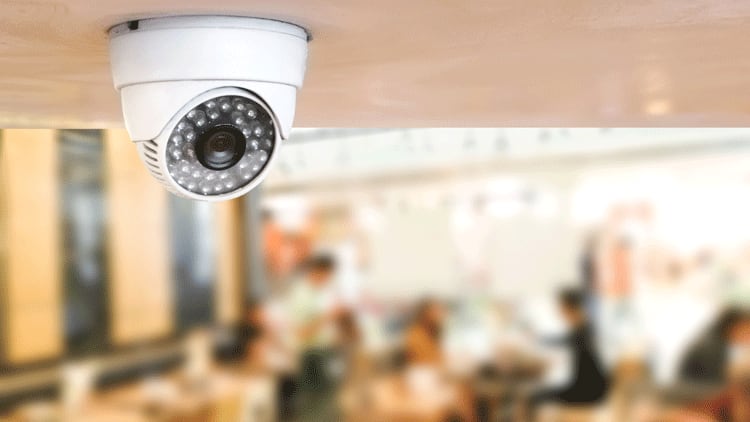
AI-powered video analytics has been around for a while but has until recently been focused on security, with software able to record images of every person that enters a venue, detect suspect behaviour from both customers and staff and even alert management to suspicious packages. But the technology can now be integrated with POS to provide important insights, including the amount of people in a queue both outside and inside the venue, how long they wait for and even the amount of people who walk in and out of an establishment without making a purchase. Video analytics can also be used to reveal bottlenecks and review the effectiveness of layout changes in a venue. The technology is also starting to be used back of house to increase delivery order accuracy, with cameras positioned over where food is packed able to flag when orders are missing items. Such systems can also be used to combat the surprisingly common issue of customers falsely claiming certain items have not arrived.
Will restaurants get under the skin?
Proof, if it were needed, that the youth of today have very different attitudes to tech than the older generation can be found in a recent report commissioned by restaurant technology company Zonal. It asked 13-to-17-year-olds whether they’d entertain the idea of having a microchip inserted under their skin for contactless payment purposes and - astonishingly - roughly a third of them said yes. “Personally, I find the idea horrifying, but perhaps we’ll all see them as normal at some point” says Zonal chief sales and marketing officer Olivia Fitzgerald. “I should say that less invasive options were more popular, including facial recognition and wearable technology such as smart watches.”
Biometrics looks set to further shake up how payments are made, with fingerprints more likely to become the norm than facial recognition, which is generally considered less reliable. “What’s needed is some sort of unique identifier. Another issue that will likely soon be solved is the potential awkwardness that guests experience when leaving the restaurant. Being able to pay and walk off is great, but if the restaurant team aren’t aware the bill has been settled it can be problematic. One possible solution is tech, perhaps of the wearable variety, that can instantly let the relevant people in a restaurant know that a certain table has paid,” adds Fitzgerald, who predicts that payment technology will continue to evolve and become even more frictionless and flexible than they are currently.
Enter the metaverse
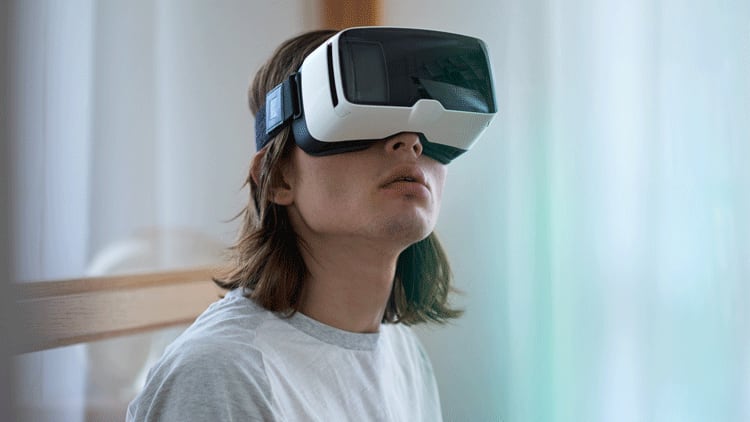
A virtual world augmented by reality headsets may seem at odds with the world of restaurants and hospitality, and yet understanding how to harness the power of the metaverse is likely to be a fundamental consideration for the restaurant of the future. But what is the metaverse?
Seen as being the inevitable next evolution of the internet, the metaverse is, in essence, a virtual world that can theoretically be accessed by billions of people every day. In the metaverse, people will be able to work, shop, learn and interact with each other, all without having to leave the comfort of their own homes. Facebook founder Mark Zuckerberg is currently plunging billions of dollars into the development of a functioning metaverse, while Citi bank estimated that the metaverse could have a digital population of up to five billion people by 2030, with an economy worth up to £10trn. For restaurants, the rise of a metaverse could well be seen as an existential threat – how can an industry that literally lives and breathes on people’s desire to go out and socialise remain relevant in an entirely virtual world?
Yet many brands, particularly those with a global reach, are already seeing the metaverse as the next big thing in both marketing and customer experience, including in the hospitality sector. They include McDonald’s, which has filed patent applications indicating that it is in the process of developing ‘virtual restaurants’ that will be accessed in the metaverse. The fast food giant is betting on the notion that as they spend more of their time online, teenagers will choose more often to log into virtual equivalents of the outside world to socialise with friends while ordering food and drink that can be delivered to their homes. McDonald’s also plans to sell virtual goods, like branded clothing and other items, which could be used to decorate avatars or customers’ virtual homes in the metaverse.
London-based Taiwanese restaurant group BAO is also exploring the metaverse. It has launched an app that will ‘pioneer the digital restaurant experience’ as it bridges the gap between on and offline. The app seeks to ‘gameify’ the restaurant experience, with users able to earn the digital currency of BAOcoin, and unlock new levels to receive secret perks and upgraded benefits which translate into real life experiences.
A smarter approach to sustainability
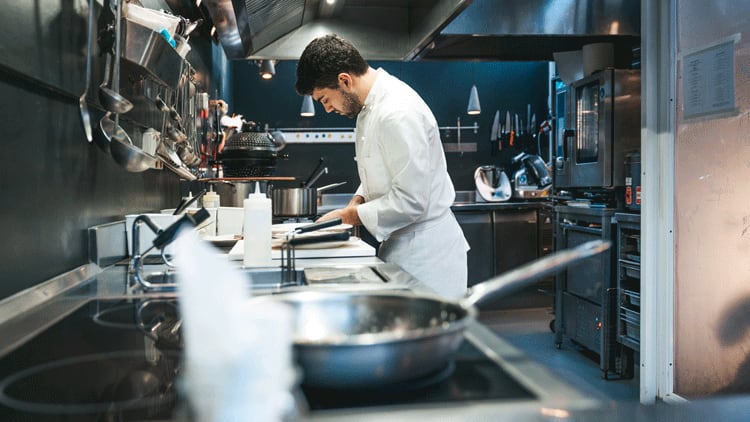
For the restaurant of the future, sustainability will be more than just a buzzword related to the procurement of ingredients. Instead, it will refer to much-wider remit of considerations to help operators reduce the pressure on their bottom line: from machines that can regulate the energy supply of multiple kitchen appliances simultaneously, to potentially having recycling machines that will be able to repurpose waste to create energy to help power the restaurant itself.
As Andy Threlfall, technical and policy director of the Foodservice Equipment Association (FEA) notes, there’s already quite a lot of smart technology on the market that’s focused on helping restaurants reduce and monitor their energy output, although much of it is currently limited to the top end brands. In the coming years, though, it will become commonplace across the sector. “So many hospitality businesses are currently struggling with their energy costs, and as a result they’re looking to energy efficiency more than ever before,” he says. “There’s a lot of drive at the moment on equipment manufacturing with connectivity in mind, which allows kitchens to connect appliance to net data network where they can monitor energy usage.
Energy control devices that can communicate with different kitchen units and regulate their power supply are likely to be key in helping restaurants reduce their energy costs. “Such technology will be able to cut down on peak demands,” explains Threlfall. “These devices could help restaurants reduce their total electrical costs by between 5% and 25% and decrease peak power consumption by 20% to 40%.”
Revised legislation is also driving smart tech solutions towards greater sustainability in restaurants. The eco design directive and regulations are regularly reviewed, and the latest review of this legislation is to include criteria for sustainability and reducing the minimum energy performance (MEP) level. The eco design directive for professional refrigeration is currently under review in Europe, and is likely to impact 40% to 50% of the models currently available on the market, according to Threlfall. And then there’s changes to food waste legislation, which could see future restaurant kitchens fitted with recycling machines that have the ability to not only digest food waste, but also potentially repurpose it to create fuel and energy. Meaning that perhaps one day we may sit in a restaurant that’s being powered by the leftovers of those that dined there the day before.

